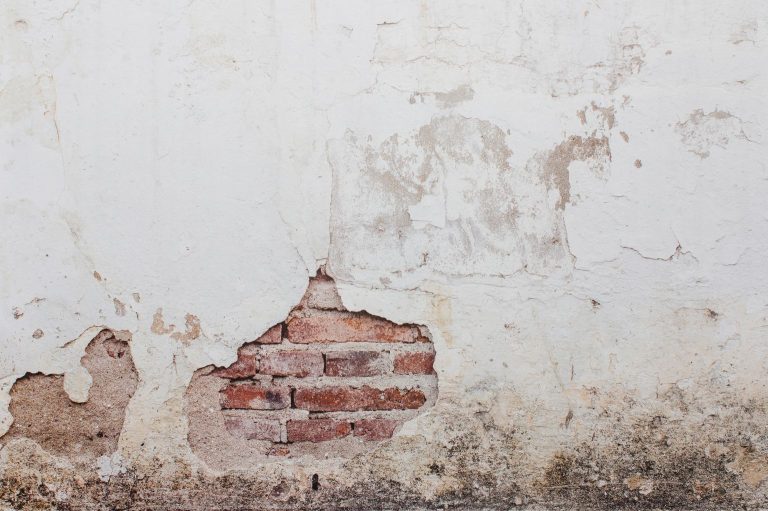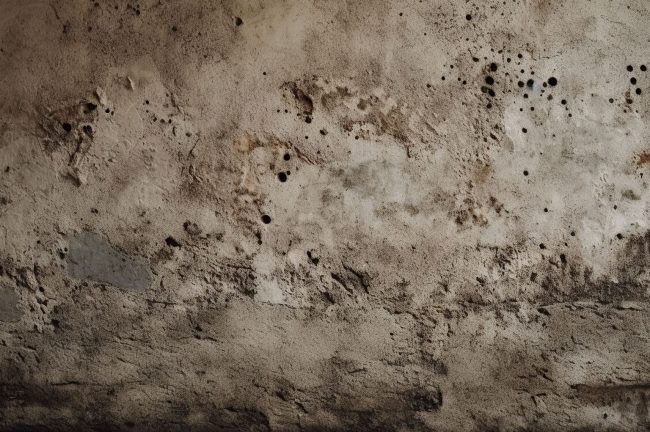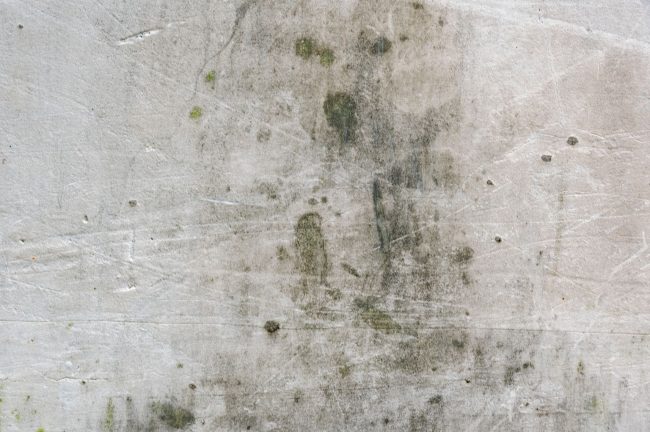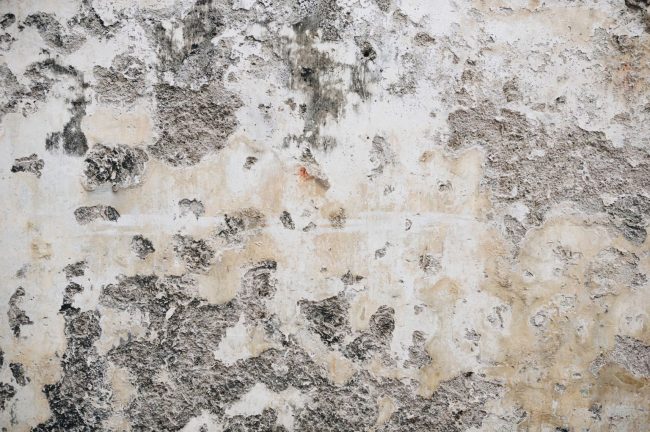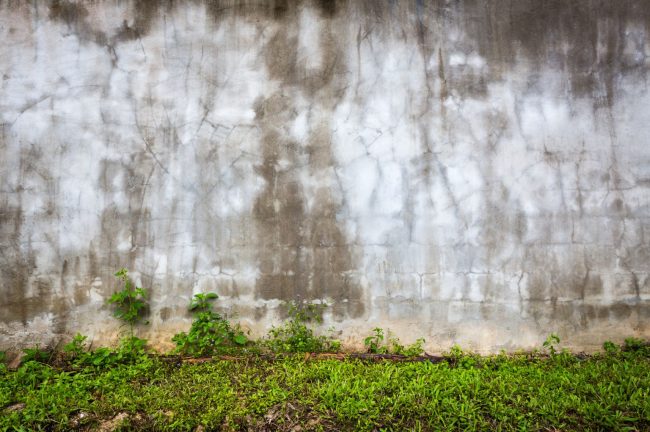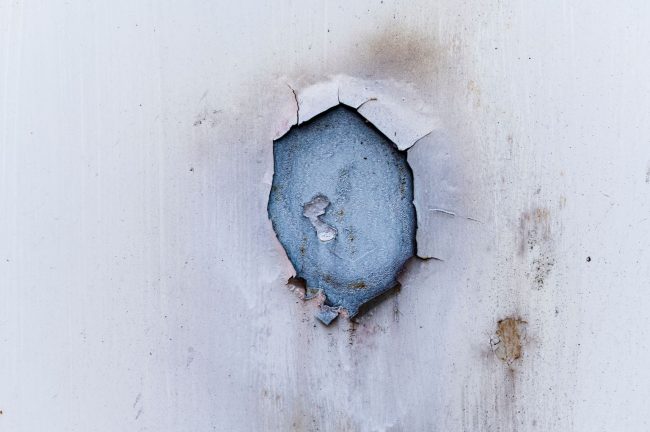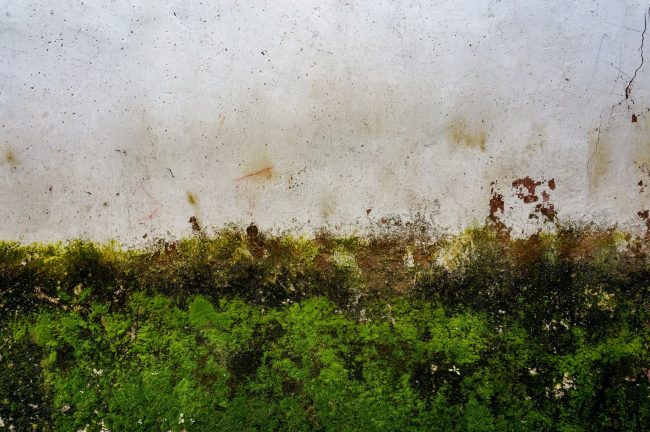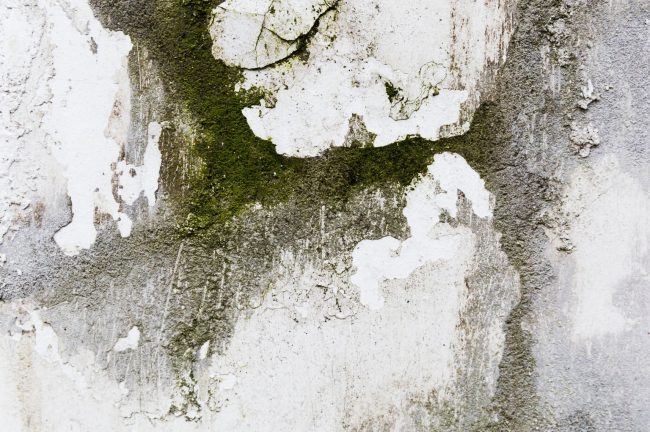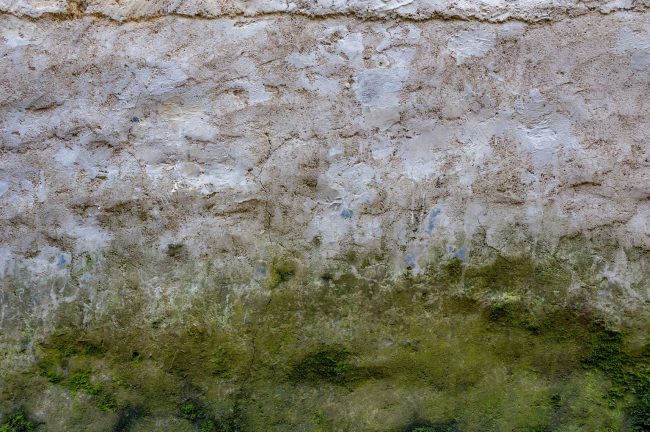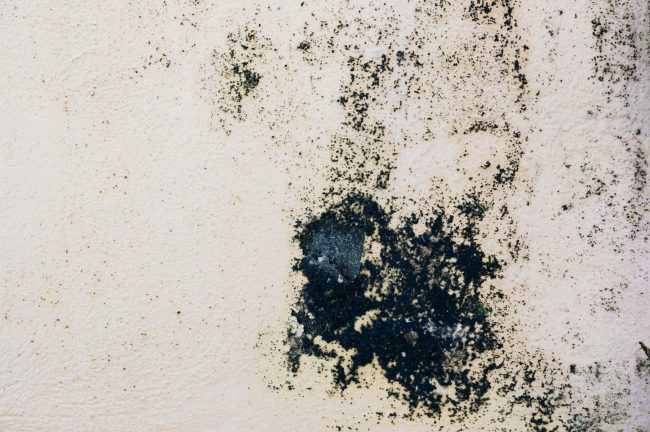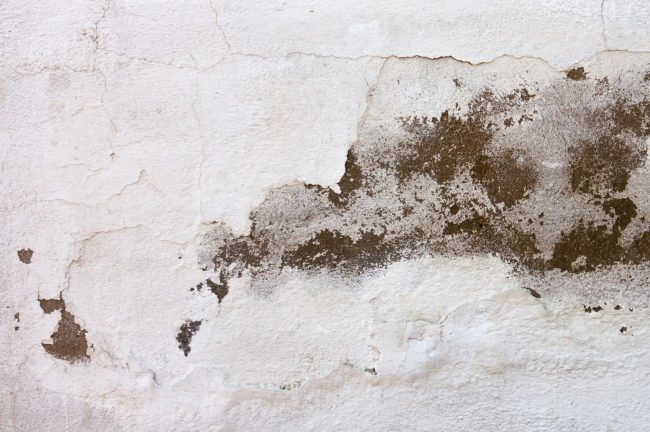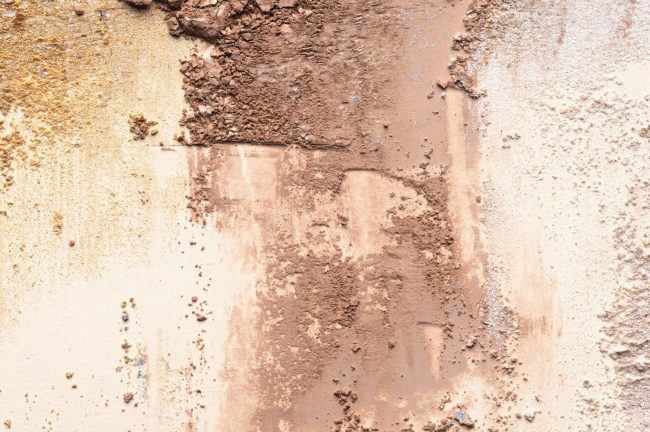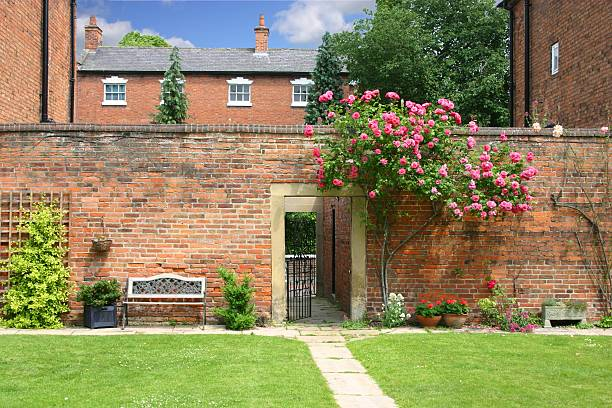Key Takeaways
What is Rising Damp: Rising damp is a rare type of dampness that affects internal and external walls caused by capillary action.
Cause of Rising Damp: Damp-proof wall insulation courses, made of materials like bitumen, plastic, and slate, prevent rising dampness. Over time, these courses erode, leading to increasing dampness. Voids in walls, bad rendering, high ground levels, damaged insulation, and intersections of garden walls can contribute to rising dampness.
Common Signs Indicate Rising Dampness: Look for salt marks, white deposits, discoloured plaster, damaged plaster, peeling wallpaper, moist walls, black damp patches, mould, musty smell, weak mortar joints, and damage in skirting boards and timber flooring.
Damp can be of various types, but one of the highly debated of these types is the rising damp problem. Many controversies also surround the rising damp issue, and never-ending debates erupt whenever the topic is brought up.
But today, we are not going to start a debate on it. Instead, the agenda is to discuss the causes behind rising dampness on the internal walls of a house.
And why are we discussing it? Well, we wouldn’t have, but the misinformation out there has forced us to.
People often misdiagnose rising dampness, due to which they face big problems down the road. And some are there who totally ignore it, which is even more consequential.
Neither misreading nor ignorance of the rising damp situation is good; instead, getting to know what exactly this type of rising damp problems is and its actual cause is what we should look into. So, let’s do the same.
What Exactly is Rising Damp?
It’s a rare type of dampness that affects both the internal walls and the external walls of a house. The way rising damp occurs on affected walls is by capillary action in which the moisture or water travels in an upward direction through the brickwork of walls. Along with water, the salt and other particles also travel upwards.
On the outer side, the affected wall shows signs of damage, such as damage in plasterwork, bubbling of wall putty, and wearing and tearing of paint.
Also, if the flooring is made of timber material, then it can also get damaged, mainly by becoming soggy and soft. This kind of condition gives rise to wet rot in timber, which can be even more damaging as we are talking about the flooring of the house.
The first signs of damage of rising dampness come into sight when damage to internal walls or exterior walls is noticed. Plaster, paint, deterioration of wallpapers, or even cracks on the internal walls can be anything.
Light stains can be seen in the early stages, and that’s where the problem can be solved without sustaining more extensive structural damage. If not taken into consideration, the situation can escalate.
The salts will rise up the wall along with the water, the paintwork will start debonding, and even the plasterwork will erode. The damage will only increase and require a lot of money to get it fixed.
What is the Cause of Rising Damp?
Most houses in the United Kingdom have a waterproof barrier, installed at the roots of the walls of the house, which prevents the moisture or water from rising up.
This barrier is a damp-proof wall insulation course. The material of the damp-proof wall insulation course itself is water-repellent and non-absorbant, which is made up of bitumen, plastic, and slate.
As buildings or houses get old, the damp-proof course also gets old due to erosion. Over time, they fail to protect the walls from moisture and water to rise up the walls, which leads to increasing dampness.
In some cases, the damp-proof course might be present and stay intact for a longer time, but it won’t stay bridged.
And when this bridging gets affected, the dampness starts showing up on the internal walls. Other causes of rising dampness might be:
- Voids or cavities in walls
- Bad rendering or plastering over a damp-proof course
- The ground level of external areas above the internal level
- Damaged insulation of walls
- Intersection of garden walls and masonry structures
What Common Signs Indicate Rising Dampness in a House?
If there’s a lot of worrying going on in your mind on how one can identify rising dampness and what signs indicate it, then look for the following ones:
- Salt marks on the wall in a tidal manner
- Fluffy white deposits
- Discoloured plaster
- Damaged plaster
- Peeled wallpaper and wearing off of paint, especially on the bottom of the walls
- Moist walls, especially on the bottom part
- Black-coloured damp patches on walls
- Mouldy and musty smell
- Weak mortar joints
- Damage in skirting boards and timber flooring
Rising Damp on Internal Walls
A lot of people first spot rising damp on their indoor walls. It leaves its mark, and that mark often shows up as dirty tide marks on the walls.
They usually go up to about a meter from the floor, but sometimes, they can pull off some extra distance in rare cases.
But why does it climb up the walls? Well, it depends on a few things. First off, the issue can be with the bricks and mortar.
They can act like giant sponges, with lots of tiny holes in them, which pave the way for water to climb higher up damp walls. On the flip side, if you have bricks and mortar with fewer pores, there won’t be any capillary action involved, and no rising dampness will occur.
Also, the water coming from the ground isn’t just plain water but also has some salt in it. And when it evaporates on your wall, those salts leave their mark. You might notice paint starting to bubble up, and sometimes, you get this weird white, fluffy stuff left behind.
There are two main culprits in the salt situation: sulphates, which give you those crusty white damp patches, and then the nitrates and chlorides – you can’t even see them, but they’re there, causing trouble.
Rising Damp on External Walls
Rising dampness can affect both the insides and the outsides of your crib. When it comes to external walls, check for weird-looking tide marks.
They’re like water stains that climb up your wall, and that’s a red flag. You’ll also notice some mortar between your bricks or stonework starting to crumble.
And if that’s not enough, look for salt deposits – they look like tiny, white spots. Those are also signs that your wall’s got some rising dampness going on.
If you’ve got rising damp in your walls, you have got to make sure you’re getting the right treatment. And that starts with a proper diagnosis, no doubt.
You need to get a pro in there, a certified surveyor, to check things out. They’re going to do a rising damp survey at a reasonable cost on your house, and they’re going dig into it, checking out the salt situation and all that.
Rising dampness can look a lot like other types of dampness, like condensation or penetrating dampness.
You need an expert to sort it out because getting it wrong can be a real hassle. So, the bottom line is to get a pro to check for the signs of rising damp, and don’t play guessing games with your home.
How to Treat Rising Damp?
Specialists who remove damp from walls do it with the help of damp-proofing injections. A water-repellent cream is filled in this injection, which comes in the form of complete kits and individual forms as well.
A mortar course is created during this process in which the injection filled with cream is hand-pumped via holes.
After some time, the cream gets converted into a liquid, which allows itself to penetrate through the bricks and get completely absorbed into inner walls.
Therefore, a powerful barrier that is water-repellent is formed, and the chemical DPC stops the water from penetrating through the walls.
There’s also another way to treat rising dampness, which is by installing a whole new waterproof layer of damp-proof membrane, but this way is a bit more complicated and takes more time.
It involves taking out a lot of bricks and the older damp-proof course to replace everything with a new one.
How is Rising Damp Treated on Internal Walls?
As soon as the signs of rising dampness are noticed on the internal walls, proceed with the pre-treatment steps, which involve the removal of wallpapers, plasters, etc. The same is done for damp problems on the external walls.
The bridging of DPC with the previous damp-proof course will also be checked. In case it is bridged, then it will be required to be removed so that the new injection of DPC can be given.
After all of that, the injection will be shown in the way described above, therefore making everything the way it was before.
Is Chemical Damp-Proof Course Effective?
Yes, it is. DPC injections are effective and get the job done when it comes to damp-proofing. The only condition for them to work perfectly is they must be installed correctly.
The formulations that are involved in a DPC injection are highly effective and proven to protect the walls from dampness for a long time.
How Does Re-Plastering Work After DPC?
Well, it’s evident that re-plastering will definitely come into play when damp-proofing injections are used.
The previous plasterwork gets damaged, and even if it does not, it will attract excess moisture, because of the hygroscopic salts it has. Therefore, re-plastering is a must at that point so that precise finishing is what we get in the end.
Final Words
Well, rising dampness is a relatively rare form, but it doesn’t mean that it can’t appear in your house. It will, and you won’t even know when; therefore, the only way to keep things clean is by preventing dampness. And, if you have an old property, you should be more careful as rising dampness tends to attack these kinds of houses.
Protect the walls of your house against any moisture, infestations, or damage. You can do this by regularly getting your house surveyed, disinfecting, and maybe renovating. Even if doing all of that doesn’t work, and the rising dampness still shows up, don’t be sad because there’s a solution.
If you’ve noticed even tiny moist damp patches on any wall of your house, don’t ignore it and sit down; call the damp specialists right away and opt for a damp survey because it worth it. If you miss it, then bam, be ready to spend a whole lot of money in the future.
If taken care of at early stages, rising dampness can be fixed at minimal cost. The professional who does that will also find the exact underlying cause of it appearing and fix it so that it does not happen again. But all of this will only be done when you call them out. So, do that first!

